(Image Source: Jakob Braun / Unsplash)
April 2020 — In May 2016 when Travis Gaarder purchased the downtown property at 111 4th Street North, he began his plan for improvements. The two-story building was only assessed at $45,300 and both floors were vacant. The last known tenant on the first floor was in the 1980s and it is likely the upper floor had been vacant for over thirty years despite a central downtown location. If Gaarder was going to redo the exterior of his building he wanted to make sure it was in accordance with the character of the historic district. On the rehabilitation of the building, he said:
“Timing was everything. The program was rolled out and I applied and was approved prior to construction being done on my building. Without having the funds to do the exterior of this project, I would not have moved forward with doing a complete historic restoration. This program came at a great time for the downtown and really helped spur other renovations and restoration that the city will benefit for years to come. Securing funding, staying on budget, having a plan and putting in the extra work to make sure the project is done right is how I was able to bring possibly the most run-down and worst looking building in downtown to a building that I am proud to show off.”
Today that same property is assessed at $178,900, the first floor of the property is home to Rural Mutual Insurance Company, and the second story is a beautiful apartment that is helping satisfy the need for additional downtown residences.
The City of La Crosse, incorporated in 1856, has seen many changes in building footprints and uses through economic boom and bust cycles. The former La Crosse Post Office and the public library were both built in the 1880s and were recognized for their iconic architecture and majestic towers. They have since been replaced by more modern, with a more institutional feel, some would say. Both the city’s comprehensive plan, Confluence: The Comprehensive Plan, written in 2002, and the City Vision 2020 Downtown Master Plan, written in 2004, recognize the desire to preserve its remaining buildings that provide historic character to the downtown. A badge of honor is the recognition of having the largest commercial historic district on the National Register of Historic Places with the most contributing buildings in the state of Wisconsin. With the anticipation that these historic buildings will still be standing generations after the current business and property owners come and go, much like our streets and underground utilities, it would seem imperative to invest in their maintenance, both as a matter of civic stewardship and economic conservation.
The city’s façade program was originally funded through the Community Development Block Grant program, an entitlement program through the U.S. Department of Housing and Urban Development, but had been dormant for the last 20 years. Three years ago, the City partnered with Downtown Mainstreet, Inc. to create the Elevate Façade Grant Program after several property owners were issued orders to correct for properties that were deemed to have hazardous fire and safety conditions. The City partnered in resurrecting the façade program to help solve for these costly expenses, recognizing the leveraging effect of public dollars to elevate the city’s building infrastructure. The program is now funded through the Capital Improvement Program and Tax Incremental Financing. It is promoted by Downtown Mainstreet, Inc. and applications are reviewed by staff from both the City and Downtown Mainstreet, Inc. along with a group of architects, property owners, and design professionals invested in downtown. With a matching grant possible of $20,000 for buildings either listed on the National Register of Historic Places or a contributing building to the already established historic district or $10,000 to non-historic buildings, the program has compelled property owners and businesses toward making significant improvements they had previously only been contemplating.
To date, the program has paid out $140,756 in grant funds contributing to total construction costs of $2,228,090 on 17 downtown properties. In 2017 these properties had a combined assessment value of $3.5 million, and today are valued closer to $5 million. An additional 13 grant applications have been approved for construction estimated by their contractors to be worth approximately $9 million. Not only is the dollar for dollar investment ratio significant at 1:6, making it attractive to local policymakers and defensible to the public, the program has also provided construction jobs, an increase in downtown activity through providing redeveloped commercial storefront and residential living, and it has motivated other building owners to invest as confidence in the downtown real estate market grows. Time will tell the impact on property and sales taxes.
Even in the program’s fourth year, the momentum continues and similar stories to Gaarder’s are happening all over downtown. Two blocks down from Gaarder’s building, the space Rocky Rococo left in 2013 had been vacant ever since and is now home to the Fat Porcupine, new-to-La Crosse contemporary noodle bar. With its purple interior lighting and rich ambiance, the whole block seems to have come alive due to the redevelopment of these buildings and their facades by Dale Berg, another property owner who credits the façade program to helping make a vision happen. It is difficult to find a street downtown that does not have a building with some sort of construction happening, whether it’s replacing glass in previously boarded-up windows, tuckpointing, installation of blade signs or awnings, or complete façade renovations and reinstallation of cornices that had been torn down decades ago. This program has recently been expanded to the city’s north side and the hope is to have similar successes to be told there.

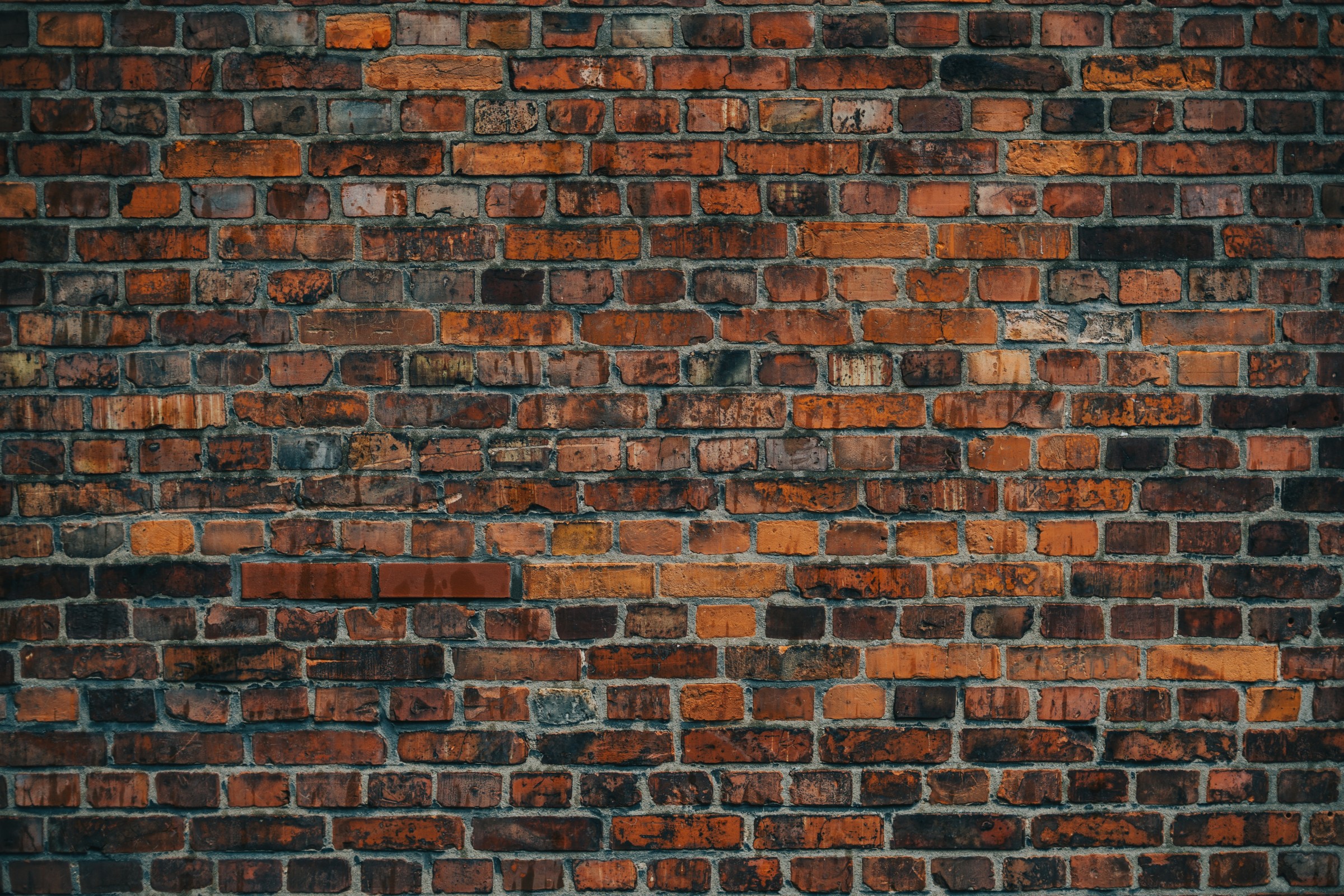

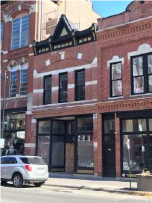
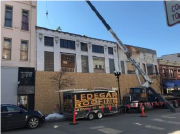

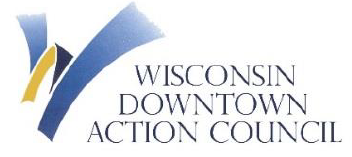

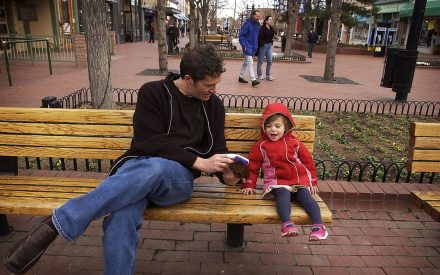
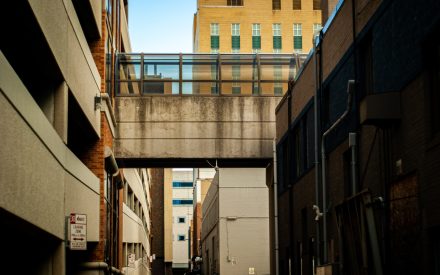
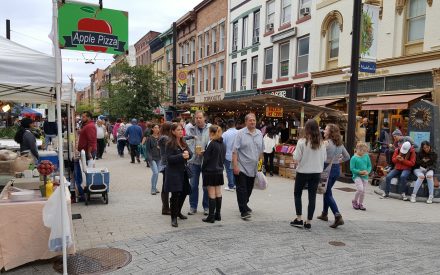
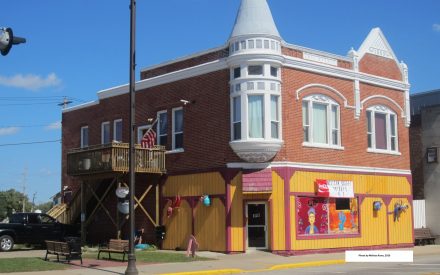
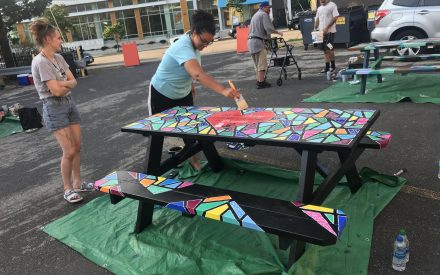
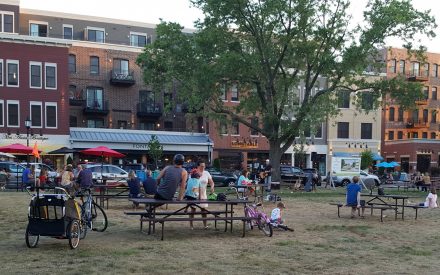
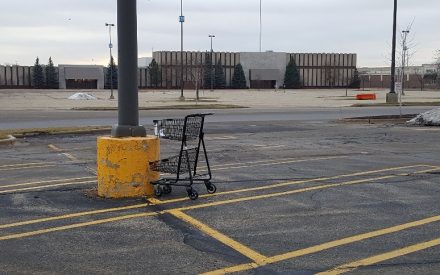
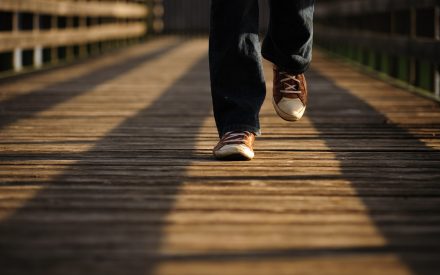



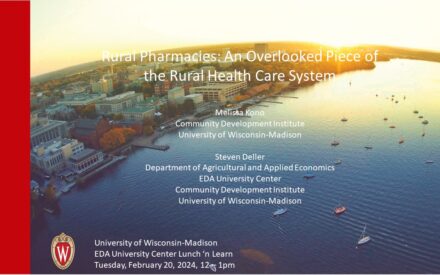 Rural Pharmacies an Overlooked Piece of the Rural Health Care System
Rural Pharmacies an Overlooked Piece of the Rural Health Care System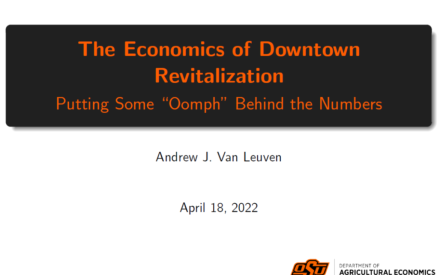 The Economics of Downtown Revitalization: Putting Some “Oomph” Behind the Numbers
The Economics of Downtown Revitalization: Putting Some “Oomph” Behind the Numbers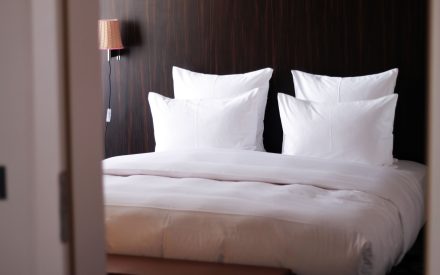 The Hotel Industry: Recovery and Future Development in Our Communities
The Hotel Industry: Recovery and Future Development in Our Communities Focus Group Analysis Tips
Focus Group Analysis Tips


